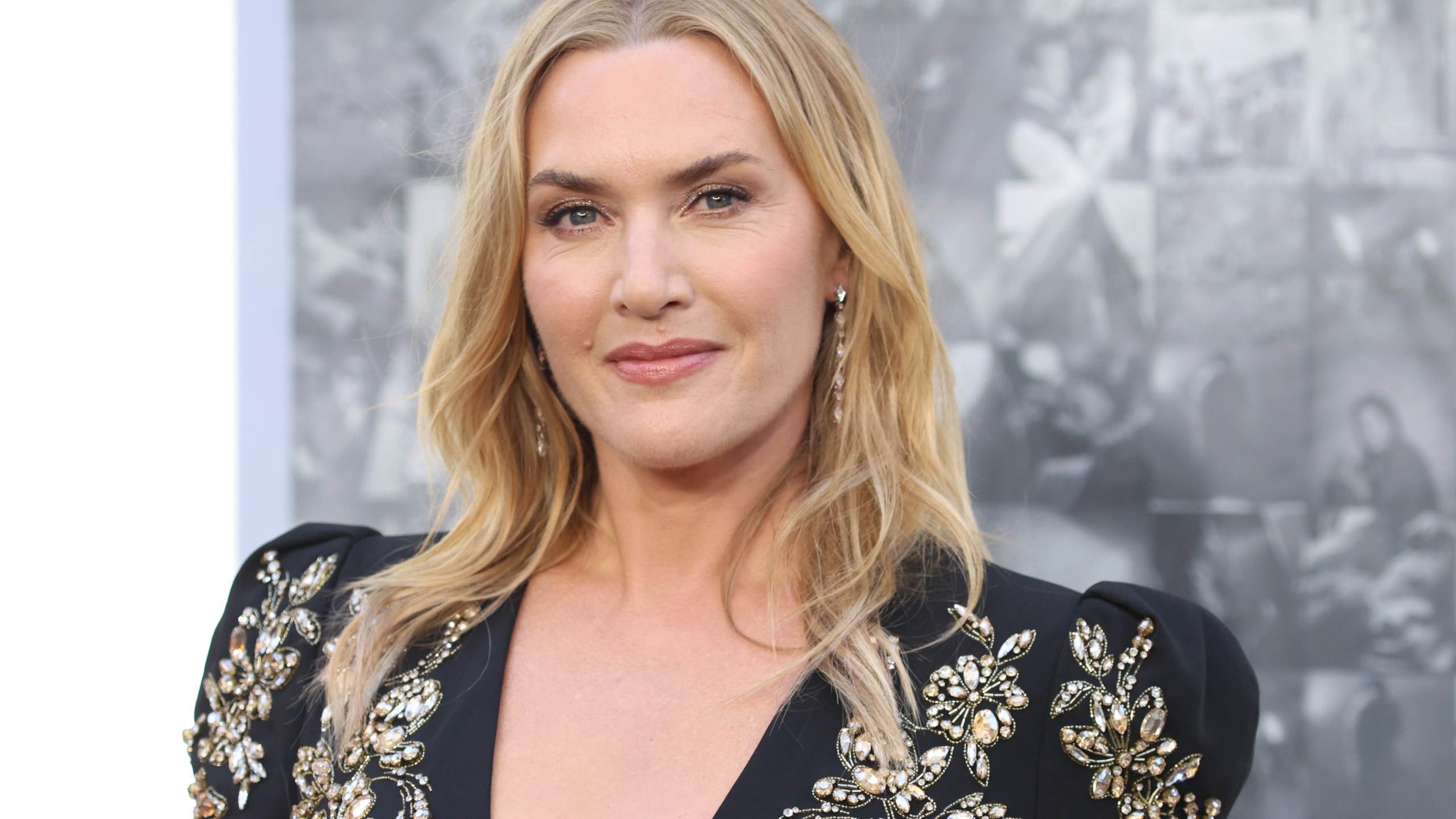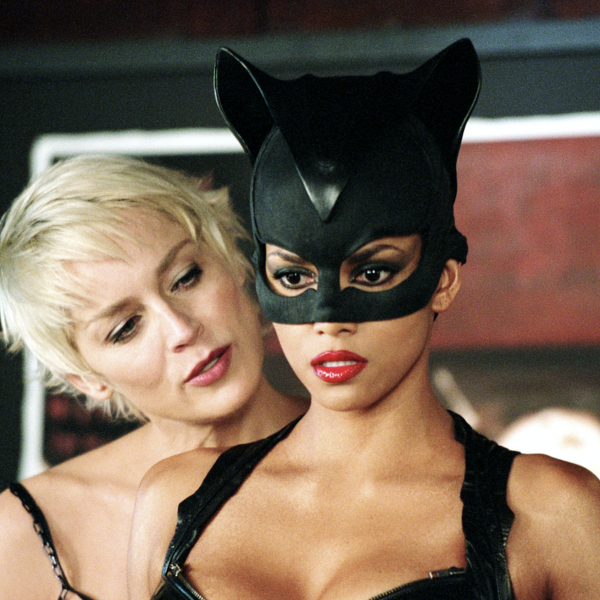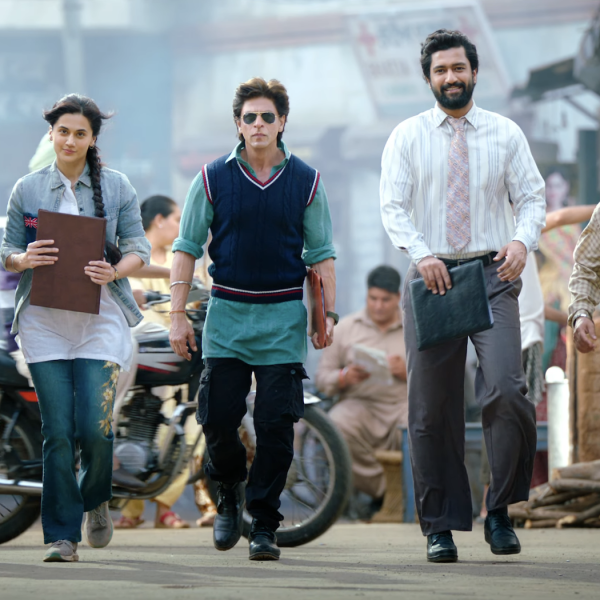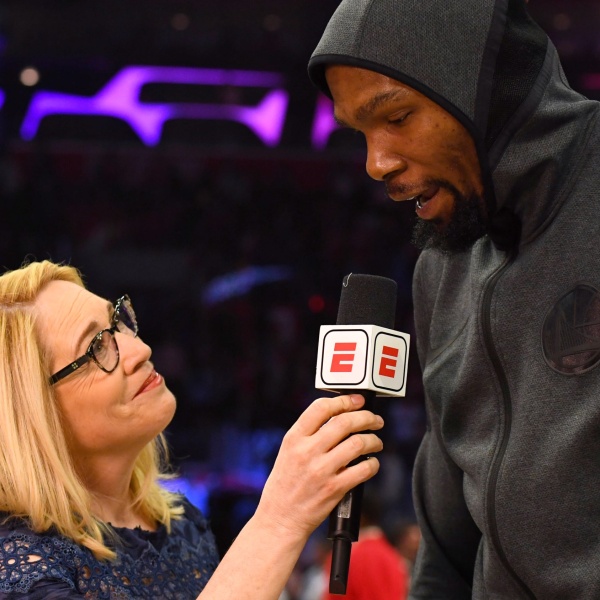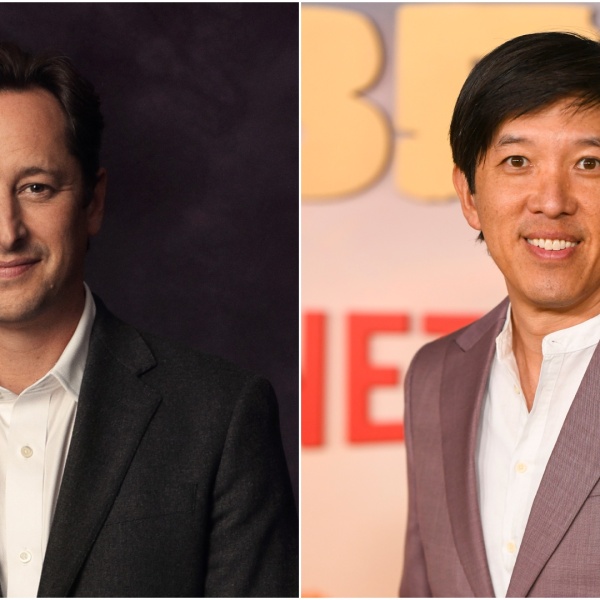When she first rolled up her sleeves to tell the story of Lee Miller, star and first-time producer Kate Winslet was surprised that a major movie about the pioneering American war correspondent and photographer who covered World War II for British Vogue hadn’t been made before.
“Her life was incredibly rich and full,” Winslet told IndieWire while promoting the film. “She lived many different versions of that life in her gigantic chapter.” But to Winslet, the decade her film trails is when Lee became Lee. “She went to war as a flawed, complicated, and determined middle-aged woman,” Winslet said. “She redefines femininity for me to mean resilience, courage, compassion, and strength.”
More staggering to Winslet, who plays Miller with physical and emotional vigor and sensitivity, was how this significant woman was in danger of being defined through the male gaze in history.
“If you were to Google her in 2015, which is when I first started developing the script, it would say: ‘The former muse and ex-lover of Man Ray, former cover girl, ex Vogue model…’ These sort of slightly sexualized, infantilizing labels that had been stuck on her.”
So it became a nearly decade-long mission for Winslet to introduce Miller to a whole new audience who might not have heard of her, to make sure that they meet Miller for the first time in this way.
“She went to the World War II frontlines and was the visual voice for the victims of conflict for the female readers of British Vogue at a time when women were not given permission to,” Winslet said. “I asked her son, Anthony Penrose, a creative consultant on the film, and a very close collaborative partner of mine, why all the other [cinematic] attempts never actually came to light. And he just said, ‘Quite honestly, people didn’t really get her.’ There was something about how I wanted to tell her story that landed for him and gave him a degree of closure. He had a complicated relationship with his mom. She had chronic PTSD after the war when she was raising him. And their relationship was very, very difficult.”
Astutely directed by Oscar-nominated cinematographer Ellen Kuras — a former Winslet collaborator as a DP for “Eternal Sunshine of the Spotless Mind” (2004) and “A Little Chaos” (2014) — and also starring Andrea Riseborough as Vogue editor Audrey Withers, “Lee” is a powerful reminder of women’s vital contributions to society during wartime, and the importance of the commitment to truth-telling, a message that resonates today.
The following interview has been edited and condensed for clarity.
IndieWire: While you’ve done executive producing work before, this is actually the first project that you fully produced. It sounds like it was a very personal endeavor to you. What was that experience like?
Kate Winslet: When I’ve executive produced on television pieces in the past, what that really means is you have meaningful creative considerations when it comes to making some of the important decisions. But the role of a producer is the person who starts the project. They often get it going. They’re the ones who put a bit of financing sometimes behind it to keep it afloat. You find the writers, you find the director, you find the cast, the crew, the locations, all of it. I’ve seen more cashflow documents and casting memos than I could ever shake a stick at. So really from the beginning to the end, including right now, that job is all-consuming.

And it was just extraordinary — I was able to be the person picking up the phone or emailing our key cast members, asking them to come and join us. And I could be the person who was cherry-picking the incredible crew that we really wanted to get. And a lot of those people are people I’ve known for 25, 30 years in the film industry, and have somewhat grown up with in the world of independent film. And so those people also knew what it meant to come and join us as a team. And they also knew what it meant to be part of this independent film, and how much great energy you have to put behind it to just keep the thing going up a mountain. So that was what it was like and continues to be like. And I couldn’t feel more privileged and grateful.
One of those collaborators is the incredible Ellen Kuras, whom we know primarily as a brilliant cinematographer. And you’ve worked with her a couple of times before, including on “Eternal Sunshine of the Spotless Mind.” Since you’ve mentioned you wanted Lee not to be defined by the male gaze, having a woman director must have been hugely important.
It was really critical that we had that. It otherwise wouldn’t have made sense to me morally, knowing everything that Lee stood for. I knew that Ellen had moved into the television space with her phenomenal visual storytelling skills and her vast experience, but she had never directed a feature film. And I’m such a believer in supporting people to do their job to the best of their ability, and giving them that opportunity. It was really just fantastic. We were able to fully plan how this film was going to look together. And with Kate Solomon, my producing partner, we were all very much this team of women.
We had a 50-50 male-female crew, which we were enormously proud of. It made a huge difference to have that feminine energy around all the time. That sense of resilience, that sense of determination that wonderful multitasking skillset that women really do have… It really stood us in good stead in making this film and honoring the energy of Lee and the courage and determination that she had. We really tried to make the film with those same values.
The female gaze you’ve mentioned means a variety of different things. One of the ways it’s noticeable in this film is a matter-of-fact approach to nudity. We grasp the sense of freedom Lee feels, but she’s always captured sensitively.
At that particular time in history, many people actually were extraordinarily free and experimental. We wanted to make sure that whenever we see Lee naked on screen, it is on her terms. We never sexualize her in any way, shape or form. You only ever see her in a form of nudity when she’s choosing and she’s deciding. That was absolutely crucial. That also added to just how powerful she was in her true self. She was flawed and she was emotionally fractured at times, but she was very free, accepting and intact with her relationship with her physical self. I found that to be not just refreshing, but vital, especially now. Lee was a contemporary woman 80 years ago — she redefined femininity to mean all the extraordinary things that we as women now are living our lives with. And we’re raising our daughters that way. So there’s something so modern about how she walked through the world. That stayed with me and will continue to inspire me beyond this moment.

You had full access to the Lee Miller archives, which also meant having access to her actual clothes. That must have been an incredible experience as an actor and producer.
I was not only able to touch and feel her clothes, but also to measure the space between the buttons on her war correspondent uniform, or see just how the tailor had put certain things into the back of her skirt. Lee being Lee marched her uniform right to her favorite tailor on Savile Row, who absolutely tailored it within an inch of its life to Lee’s body. So that’s where being with her clothes really meant a lot — I was able to see how much thought she had put into how those things looked, how she had chosen those fabrics.
There was a box in the archive that they found that said on the side, “Rags.” And they opened this box, called me and said, “Kate, I think you’ve got to come. You’re not going to believe this.” Inside were over 30 outfits of Lee’s that we have seen her wear in famous images of her. They were all right there. And she had preserved them very beautifully between sheets of paper so that they wouldn’t get moldy. Our costume designer, Michael O’Connor, was able to digitally copy those fabrics, recreate them and have them in our film. He was fully behind me on that, because authenticity was incredibly important for our film.
One of the most significant and disquieting sequences in the film is the famous photograph taken in Hitler’s bathtub. How did it feel, recreating that moment?
Because it’s such an iconic image of Lee, one has to go into so much detail to try and even compute how she came about being in that space in the first place. That was something that we felt the most responsibility towards, making sure that our narrative was as truthful as we believed it should be in relation to what she would’ve felt and what she would’ve been thinking. The most important thing to stress is that for Lee, I don’t think that moment of washing herself after six weeks of not touching hot water and not even changing her clothes (and that’s a fact) would’ve been nearly as significant as climbing up into a train carriage full of corpses when they arrived at the liberation of Dachau.
And that was where Lee really stood apart from other photographers, male photographers, who were often standing outside looking in or standing back and observing or photographing the soldiers and the gunfire. Lee climbed in and stood amongst the circumstances, the situation that she was documenting so that she could truly be immersed in bearing witness, in being that visual voice for the victims of conflict. And without her and other women like her, of which there were very few, we would not have the stories of those victims. And they may never have been told or shown in this way. People didn’t know what had happened to six million individuals, and Lee was there on the day that they uncovered those atrocities. And to have the courage and determination, and grace that she did to honor the victims’ stories is just absolutely extraordinary.

If one could talk about a throughline in your work, you seem to be drawn to women like Lee Miller, women who don’t take no for an answer. They have a hunger for something more, a lust for life. Do you think of these connections, and is this a part of how you choose your roles?
I wish I could tell you, “Oh, this is what I do.” [Laughs] But I don’t know. Sometimes it’s just a feeling. Sometimes it is the words on the page, something I can’t get out of my head. I don’t actually draw connections between each of the roles that I play, because they all occupy a different place within me. Sometimes I will find myself saying yes to something and feeling so daunted by the prospect of playing that role that I will just think to myself, “Oh my God, I can’t. How am I ever going to do this?” And believe me, the process of developing “Lee,” which was five years initially from 2015 to 2020 — with bringing the writers on board and really working in the archive with Anthony Penrose and making sure we were telling a story that we all believed in unanimously — was so overwhelming. The more I got to know her, the more inspiring and important that I realized she was.
And there were lots of similarities between her and myself in terms of intention and integrity; in terms of what matters, how not to hide behind the truth and how not to take no for an answer. And I was like, “Oh yeah, I can totally see why she would do that.” She was unbelievably brave but she wasn’t fearless. And she talked about feeling enormous fear as one understandably would. But she was a person who was prepared to take risks, and to face things head-on. Just extraordinary, powerful and inspirational.
Now that you produced this film, can we expect other behind-the-camera appearances from you? In the producer’s chair again, or maybe as a director? Are you thinking about that?
Probably. I mean, I’m absolutely engaged in a few things that would involve me being producer. There’s things going on, and it’s exciting.
“Lee” opens in select theaters September 27.
